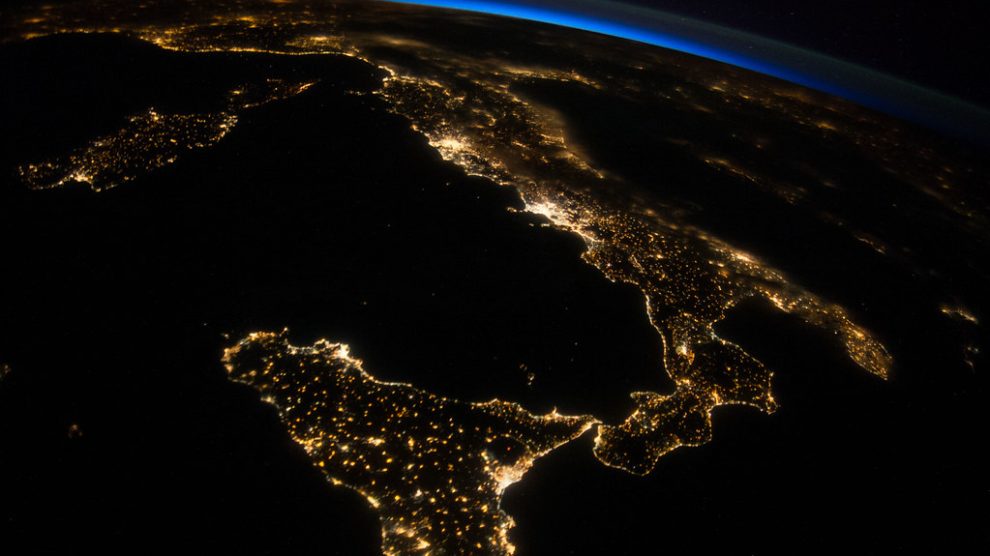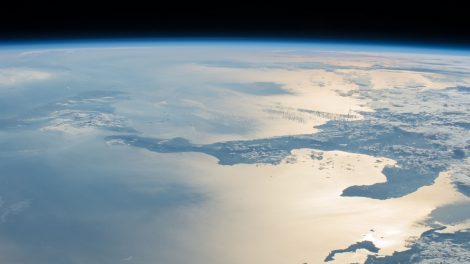IEA country report sets Italy as an example. “The current energy crisis demonstrates that accelerating the clean energy transition can also improve energy security,” reads the newly-published country report from the International Energy Agency, pointing at the Italian arc. The country went from a strong reliance on Russian fossil fuels – which accounted for one-third of its total supply – to envisioning complete independence by 2025.
- Natural gas is Italy’s main source of total energy supply, at 42%, and the dominant fuel in electricity generation with a 50% share, reads the report. Most of it is imported – and in 2021, 41% of that came from Russia.
- However, the diversification drive carried out by former Prime Minister Mario Draghi and continuing under current PM Giorgia Meloni managed to reduce that dependence to 3% as of November 2022, just over eight months after Russia invaded Ukraine.
- Meanwhile, oil – accounting for 33% of the total energy supply, mostly imported too – is no longer flowing from Russia since the Eu-wide embargoes kicked in between late 2022 and early 2023.
Keeping it clean. “Reducing overall demand for natural gas through an accelerated diversification to alternative energy sources and a stronger focus on energy efficiency will not only strengthen energy security further but also help the country meet its emissions reduction targets,” reads the report.
- Overall, Italy’s energy intensity declined by 15% between 2005 and 2021, reads the report, “reflecting a shift in the economic structure from industrial to the service sector combined with energy efficiency improvements.”
- In 2020, the share of renewables in gross electricity consumption was 38%, with hydropower being the main source.
- Barring a temporary and minimal increase in coal consumption, which only accounts for 5% of Italy’s electricity generation, diversification did not come at the expense of the stringent decarbonisation targets.
Looking forward. Over the past few years, mainly due to long permitting times, Italy has been able to install only a fraction of the renewable power generation capacity it must deploy to meet the EU-wide targets, noted the IEA. Still, the government is taking steps to cut red tape and speed up permitting – and clean power installation in 2022 jumped to 4-5 GW, as opposed to 2021’s 1.4 and in line with the government’s projections.




